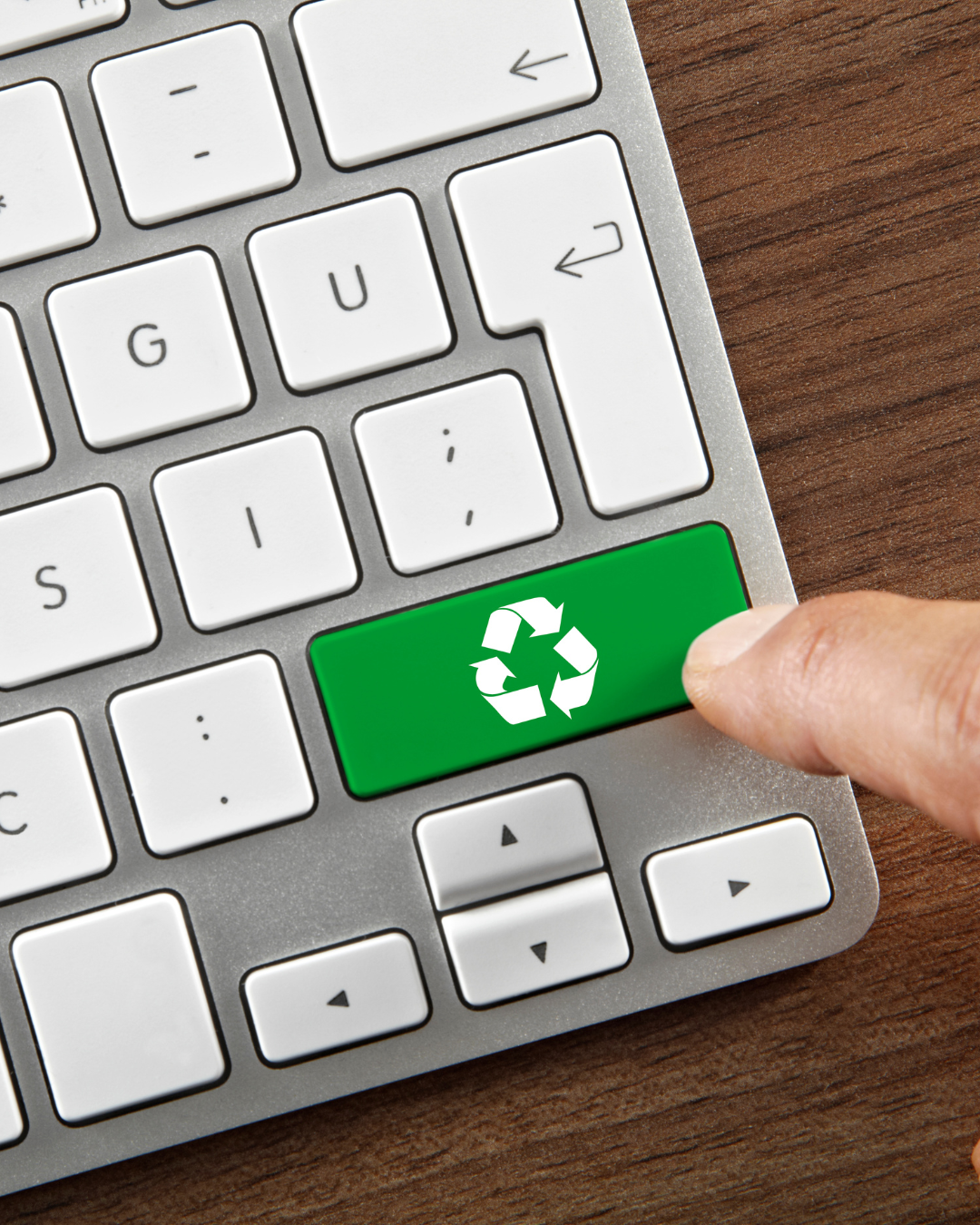Article
As technology advances at breakneck speed, businesses are continually upgrading their devices to keep pace with innovation. But what happens to the outdated equipment left behind? People often overlook these discarded items, collectively known as electronic waste or e-waste.
Beyond the environmental implications, e-waste poses serious security risks that every organisation should prioritise. Here’s why managing e-waste responsibly is important – not just as an Environmental, Social, and Governance (ESG) initiative, but as a key part of your security strategy.

E-waste encompasses discarded electronic devices such as laptops, smartphones, servers, printers, and storage devices. Around 50 million tonnes of e-waste generated annually pose significant environmental and security concerns. These devices often hold sensitive data and harmful materials. Disposing of them incorrectly is a threat to both organisations and the planet.
When businesses think about cyber security, the focus often lies on firewalls, encryption, and endpoint protection. But what about the old laptop sitting in a cupboard or the decommissioned server gathering dust in a storage room? Improperly managed e-waste can become a goldmine for cybercriminals.
Here’s why :
Investing in proper e-waste management is not just an ethical decision; it’s a smart business move.
Here’s why:
While the security risks of e-waste are significant, the environmental and social implications are equally pressing. Improper disposal of e-waste contributes to pollution and the depletion of natural resources.
Here’s how responsible e-waste management aligns with ESG principles:
Addressing e-waste requires a comprehensive strategy that combines security and sustainability. Here are some key steps:
E-waste is not just an environmental problem; it is also a security threat organisations must take seriously.
By managing e-waste responsibly in your operations, you protect your business and help create a more sustainable future.

We specialise in secure and sustainable e-waste management solutions. Protect your organisation from data breaches while supporting a greener planet.
Contact us today to learn how we can help you take control of your e-waste.
Get your business on the front foot
To provide the best experience on our site, we use technologies like cookies to store and/or access device information. Consenting to these technologies will allow us to process data such as browsing behaviour or unique IDs on this site.